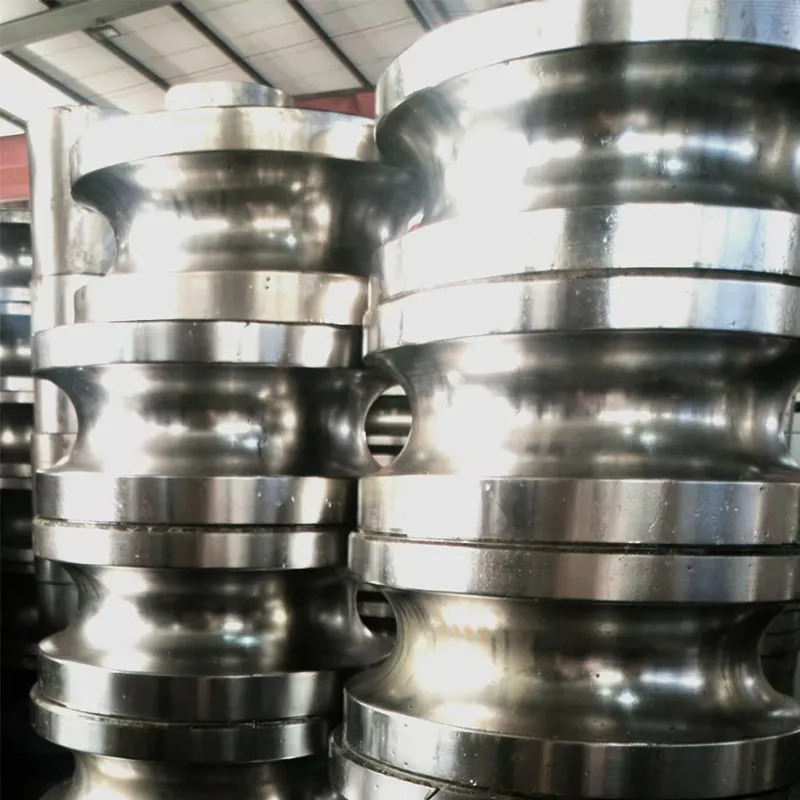pipe welding rig
Understanding Pipe Welding Rigs Essential Tools for the Pipeline Industry
In the world of construction and industrial applications, pipe welding is a critical process that ensures the integrity and safety of various systems, such as oil and gas pipelines, water supply systems, and chemical plants. At the heart of this operation lies the pipe welding rig, a specialized setup designed to facilitate efficient and effective welding. Understanding the components, advantages, and applications of pipe welding rigs is essential for professionals in the field.
What is a Pipe Welding Rig?
A pipe welding rig is a portable or fixed system that provides the necessary equipment and tools for welding pipes together. It typically includes several key components a welding machine, a pipe alignment tool, clamps, and positions for the welder to work comfortably. Some advanced rigs also integrate automation features such as pipe tracking systems and automated welding heads, which enhance precision and speed.
Key Components of a Pipe Welding Rig
1. Welding Machine The heart of any welding rig is its welding power source. Depending on the type of welding process—MIG, TIG, or stick welding—different machines may be employed. Each has its own capabilities, suited for various materials and thicknesses.
2. Pipe Alignment Tools Ensuring that pipes are aligned correctly is crucial for a strong weld. Tools like pipe clamps and alignment jigs help maintain precise positioning, which is essential for avoiding defects and ensuring the quality of the weld.
3. Positioning Equipment To facilitate an ergonomic working environment, pipe welding rigs often incorporate positioners or rotators. These devices allow welders to adjust the pipe's orientation, making it easier to reach all welding points.
4. Safety Equipment Safety is paramount in welding operations. Pipe welding rigs are equipped with necessary safety gear, including helmets, gloves, and protective clothing, as well as ventilation systems to reduce exposure to harmful fumes.
Advantages of Pipe Welding Rigs
pipe welding rig

The use of a dedicated pipe welding rig offers several advantages
1. Efficiency With all necessary components integrated into one portable system, welding tasks can be performed more quickly and with less downtime between setups.
2. Quality Control By utilizing advanced technology and alignment tools, pipe welding rigs help ensure a high standard of welding quality. This reduces the risk of leaks or structural weaknesses in the finished product.
3. Flexibility Many rigs are designed to be easily transportable, allowing for use in various locations. This is particularly beneficial for projects that require on-site welding, such as in remote locations or on large construction sites.
4. Automation Automated welding rigs can significantly enhance production rates and maintain consistent quality. Automation minimizes human error and fatigue, which is a significant advantage in high-demand environments.
Applications of Pipe Welding Rigs
Pipe welding rigs are utilized across a plethora of industries, including
- Oil and Gas Creating robust and secure joints in pipelines that transport oil and natural gas. - Marine Welding large pipes for offshore drilling platforms or shipbuilding. - Construction Installing plumbing systems and HVAC piping in commercial buildings. - Manufacturing Fabricating metal structures that involve extensive piping systems, such as factories and refineries.
In conclusion, pipe welding rigs play an indispensable role in the efficiency, safety, and quality of welding operations across various industries. As technology continues to advance, the capabilities and features of these rigs will likely expand, further enhancing their utility in meeting the demands of modern pipeline construction and maintenance. By understanding and utilizing these rigs, professionals can ensure that they maintain the highest standards of workmanship in their projects.
-
High Frequency Straight Seam Welded Pipe Production Line-BzZhou Xinghua Machinery Equipment Manufacturing Co., LTD.|Precision Welding, High EfficiencyNewsJul.30,2025
-
High Frequency Straight Seam Welded Pipe Production Line|BzZhou Xinghua|Precision Welding&EfficiencyNewsJul.30,2025
-
High Frequency Straight Seam Welded Pipe Production Line - BzZhou Xinghua|Precision Engineering&EfficiencyNewsJul.30,2025
-
High-Frequency Straight Seam Welded Pipe Production Line-BzZhou Xinghua Machinery Equipment Manufacturing Co., LTD.NewsJul.30,2025
-
High-Frequency Straight Seam Welded Pipe Production Line-BzZhou Xinghua Machinery Equipment Manufacturing Co., LTD.|Precision Manufacturing, High EfficiencyNewsJul.30,2025
-
High Frequency Straight Seam Welded Pipe Production Line-BzZhou Xinghua Machinery Equipment Manufacturing Co., LTD.|Precision Steel Pipe Manufacturing&Industrial EfficiencyNewsJul.29,2025


